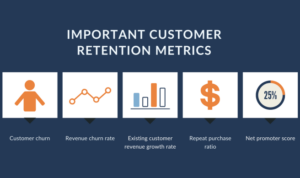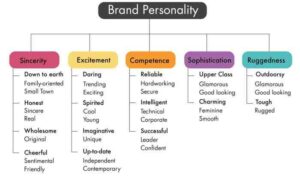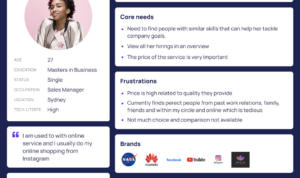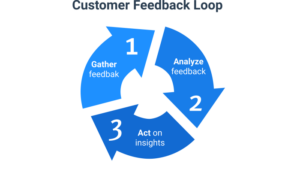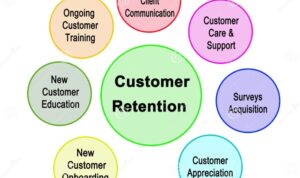Kicking off with Understanding Customer Churn, this topic delves into the crucial aspects of customer retention and the impact of churn on businesses. From detecting early signs to implementing effective strategies, this overview will provide a comprehensive understanding of this vital area in business operations.
What is Customer Churn?
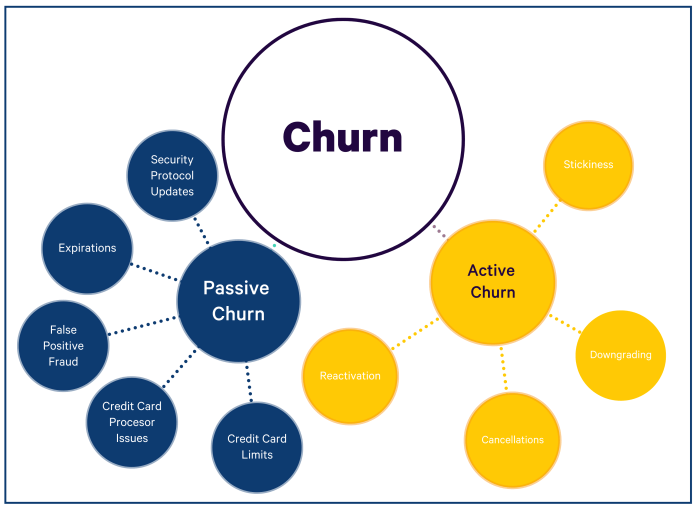
Customer churn refers to the rate at which customers stop doing business with a company. It is a crucial metric for businesses to monitor as it directly impacts the company’s revenue and growth. Understanding customer churn is essential for companies to identify potential issues, improve customer satisfaction, and implement strategies to retain customers.
Why Understanding Customer Churn is Crucial for Companies
Customer churn provides valuable insights into the effectiveness of a company’s products, services, and customer experience. By analyzing churn rates, businesses can pinpoint areas of improvement, enhance customer retention strategies, and ultimately increase customer loyalty.
- Identifying Customer Preferences: Understanding why customers leave can help companies tailor their products and services to meet customer needs better.
- Revenue Impact: High churn rates can lead to a significant loss in revenue, making it essential for companies to address customer churn proactively.
- Competitive Advantage: Companies that effectively manage customer churn can gain a competitive edge by building long-term relationships with their customers.
Examples of Industries where Customer Churn is a Significant Concern
- Telecommunications: In the telecom industry, customer churn is a common challenge due to fierce competition and rapidly changing technology. Companies must focus on customer retention to prevent subscribers from switching to competitors.
- Subscription Services: Businesses offering subscription-based services, such as streaming platforms or software providers, rely on monthly recurring revenue. High churn rates can impact their overall profitability and growth.
- Retail: With the rise of e-commerce, retail companies face increasing competition and changing consumer preferences. Understanding and reducing customer churn is critical for maintaining a loyal customer base.
Factors Influencing Customer Churn
Customer churn, the rate at which customers stop doing business with a company, can be influenced by several key factors. Understanding these factors is crucial for businesses aiming to reduce churn rates and retain customers.
Customer Satisfaction, Understanding Customer Churn
Customer satisfaction plays a significant role in reducing churn rates. Satisfied customers are more likely to remain loyal to a brand and continue using its products or services. On the other hand, dissatisfied customers are more prone to switching to a competitor, leading to increased churn rates. Businesses need to prioritize customer satisfaction through excellent service, timely responses to concerns, and personalized experiences to retain customers.
Pricing
Pricing is another critical factor that influences customer churn. Customers are sensitive to pricing changes and may choose to leave a company if they perceive better value elsewhere. Businesses need to find the right balance between pricing and the perceived value of their offerings to prevent customers from churning. Offering competitive pricing or creating loyalty programs can help retain customers and reduce churn rates.
Competition
Competition in the market can also impact customer churn rates. If a company’s competitors offer superior products, services, or pricing, customers may be more inclined to switch providers. Businesses must stay informed about their competitors’ offerings and continuously innovate to meet customer needs and stay ahead of the competition. By understanding the competitive landscape, companies can better retain customers and reduce churn rates.
Customer Service
Effective customer service is crucial in preventing customer churn. Poor customer service experiences can drive customers away and increase churn rates. Businesses should invest in training their customer service representatives, implementing efficient support systems, and actively listening to customer feedback to provide exceptional service. By prioritizing customer service excellence, businesses can enhance customer satisfaction, build loyalty, and ultimately reduce churn rates.
Detecting Customer Churn: Understanding Customer Churn
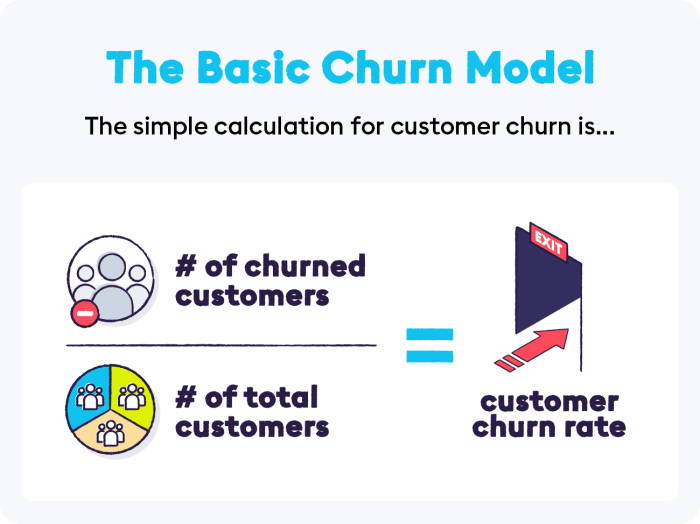
When it comes to detecting customer churn, businesses employ various methods to identify early signs of customers who are at risk of leaving. By leveraging data analysis and gathering customer feedback, companies can proactively address churn and improve customer retention rates.
Utilizing Data Analysis
One of the key methods used to detect customer churn is through data analysis. By analyzing customer behavior, engagement metrics, purchase history, and other relevant data points, businesses can identify patterns that indicate a customer may be on the verge of churning. This data-driven approach allows companies to predict churn before it happens, enabling them to take preventive measures to retain customers.
Importance of Customer Feedback and Surveys
Customer feedback and surveys play a crucial role in detecting customer churn. By actively seeking feedback from customers, whether through surveys, reviews, or direct communication, businesses can gain valuable insights into customer satisfaction levels, pain points, and reasons for potential churn. Analyzing this feedback helps businesses understand customer sentiments and identify areas for improvement to reduce churn rates.
Strategies to Reduce Customer Churn
Reducing customer churn is crucial for the long-term success of any business. Companies can implement various strategies to retain customers and minimize churn rates.
Proactive vs. Reactive Approaches
Proactive approaches to churn management involve identifying potential issues before they escalate and addressing them promptly. This can include personalized communication, loyalty programs, and proactive customer service. On the other hand, reactive approaches involve responding to customer issues after they have already occurred, such as offering discounts to dissatisfied customers or resolving complaints.
Building Strong Customer Relationships
One of the most effective ways to reduce customer churn is by building strong relationships with customers. This can be achieved through personalized interactions, providing excellent customer service, and actively seeking feedback. By understanding customer needs and preferences, businesses can tailor their products and services to meet these requirements, ultimately increasing customer loyalty and reducing churn rates.
